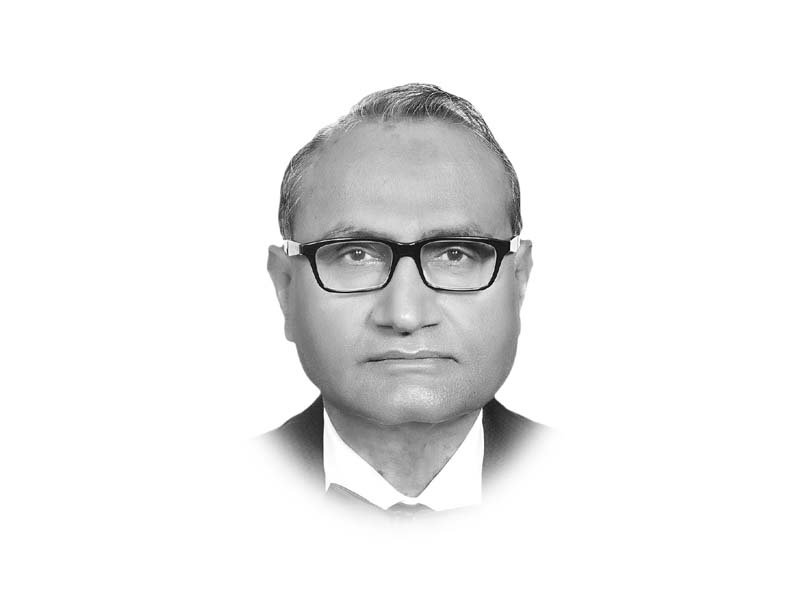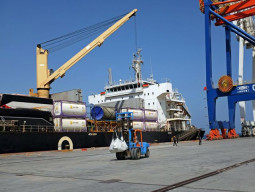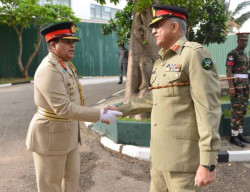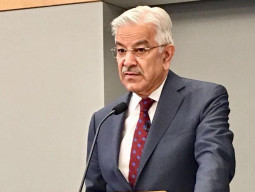
The seeds of exclusion were sown early by the declaration of Urdu as national language. This was followed by the creation of one unit by merging the western provinces and renaming of East Bengal as East Pakistan. Despite larger population of East Pakistan, parity in representation was imposed at the national legislature. Population was also disregarded in regard to the distribution formula of the federal divisible pool of taxes. There was gross underrepresentation in bureaucracy and military. The bureaucratic-authoritarian state under the prolonged rule of Field Marshal Ayub Khan intensified the alienation of East Pakistan. After the 1965 war, when the province was almost left to itself under the doctrine of ‘Defence of East Pakistan lies in West Pakistan’, a sentiment of insecurity was abroad.
Economic disparity became a serious issue right from the beginning. In 1949-50, the gross regional product of East Pakistan was larger than West Pakistan, with a small disparity in income per capita. But it began to worsen thereafter. The proceeds of the main foreign exchange earner, jute, in the 1950s and the high inflows of foreign assistance in the 1960s were largely invested in the import substituting industrialisation of West Pakistan. East Pakistan served as a captive market for the high-cost products. There was a net outflow of resources from East to West Pakistan, without much movement of labour due to the physical distance. In the 1950s, income per capita declined in East Pakistan. In the prosperous 1960s, the disparity of income per capita between the two provinces continued to increase, though at a decreasing rate. A constitutional commitment to eventually eliminate it was not making much difference. The debate in the panel of economists on the fourth five-year plan (FYP) 1970-75 led to an East-West division, resulting in two different reports. This marked the end of effective centralised planning in Pakistan. Earlier, a similar panel had failed to give any report on the third FYP. The idea of self-sufficient provinces was floated first by Professor Ahmad Mukhtar in his address at the fourth annual conference of the Pakistan Economic Association (PEA) held in Karachi in 1953, mainly to overcome the effects of a blockade in the event of war. It was, however, at the 1956 PEA conference at Chittagong that the so-called Dacca School mooted the case of two economies and articulated it in a special conference of East Pakistani economists on the first FYP. The two-economy hypothesis was brought up again in a session on the second FYP at the PEA conference in 1959 by two East Pakistani economists, Akhlaqur Rahman and M N Huda. The official panel’s report on the second FYP reflected the position of Dacca School, but not the plan itself.
Writing in Forum, a Dhaka weekly, on January 31, 1970, this writer argued that “Pakistan means one nation, but two economies. It is a case of two brothers minding their own business most of the time and each other’s business some of the time.” Had something like the 18th Constitutional Amendment and the 7th National Finance Commission Award happened in 1950, history would perhaps have been different.
Published in The Express Tribune, January 19th, 2018.
Like Opinion & Editorial on Facebook, follow @ETOpEd on Twitter to receive all updates on all our daily pieces.






































COMMENTS (1)
Comments are moderated and generally will be posted if they are on-topic and not abusive.
For more information, please see our Comments FAQ